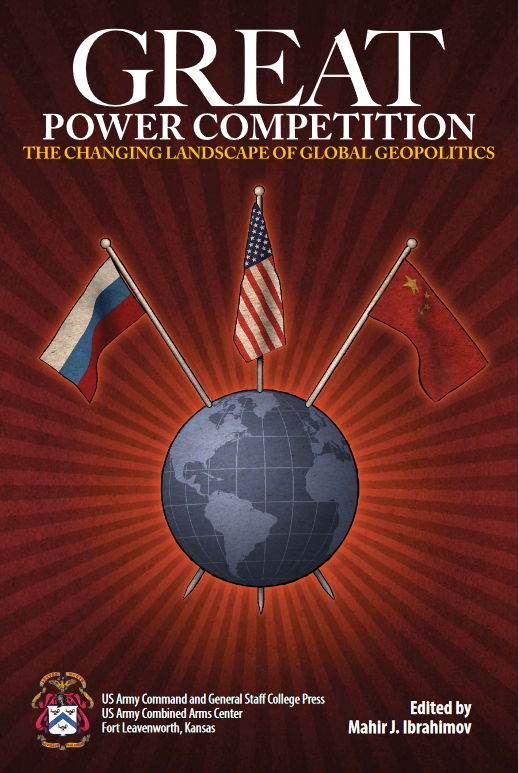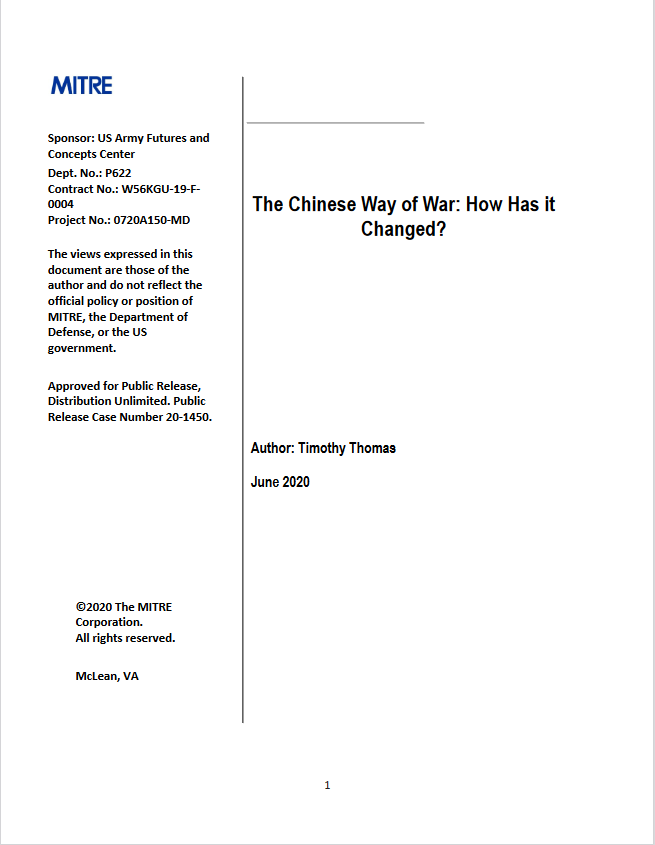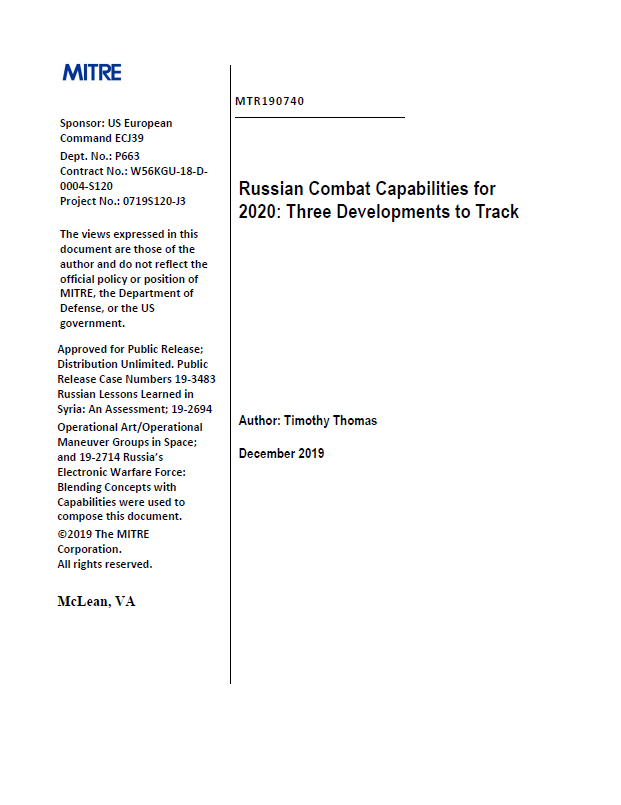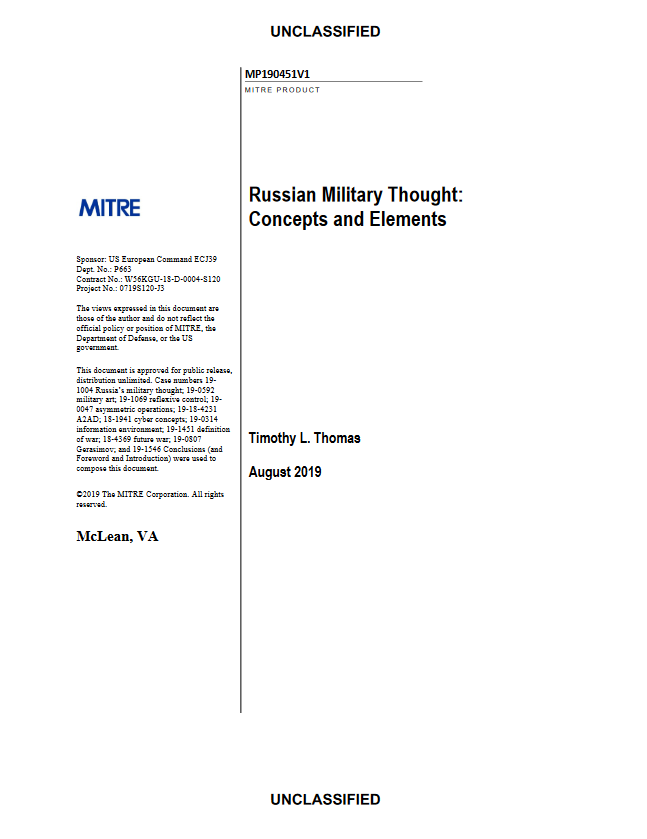(Click image to download book.)
Great Power Competition continues the discussion begun with the 2017 Cultural Perspectives, Geopolitics, & Energy Security of Eurasia: Is the Next Global Conflict Imminent? This second volume undertakes a deep analysis beyond the obvious military strategic nexus to identify new spaces for planners and policymakers alike to consider. Similar to Cultural Perspectives, distinguished nationally and internationally known scholars in their respective areas discuss how emerging global and regional powers are trying to expand their influences in Eurasia, the Americas, and Africa, among other regions. The scholars, who bring a combination of academic and first-hand practical expertise, examine how the actions of adversaries such as Russia, China, and Iran in a greater Eurasia landscape and beyond have challenged the US National Security Strategy and National Defense Strategy. These actions include continuous efforts to challenge US interests in the Middle East, Southwest Asia, the Western Hemisphere and Africa, especially in the changing homeland security landscape in light of COVID-19 and recent societal unrest. Click Here for Publication Site










